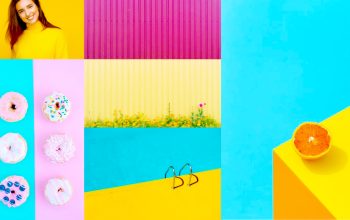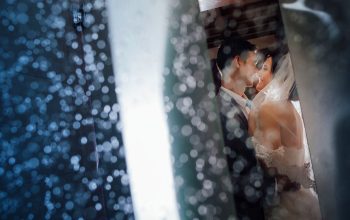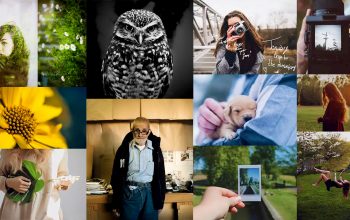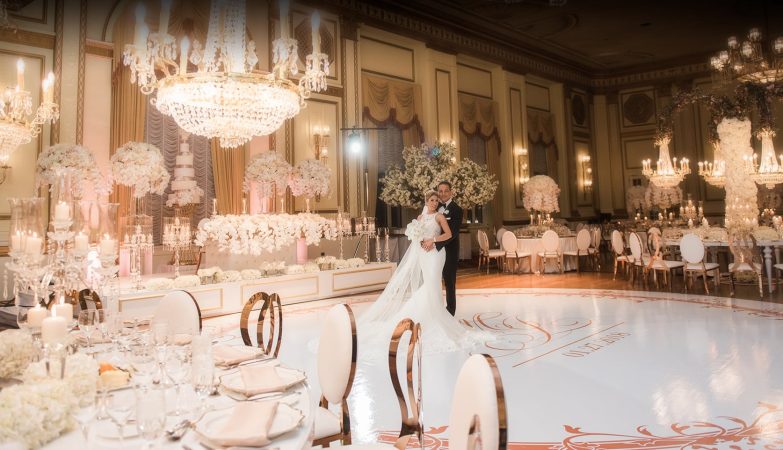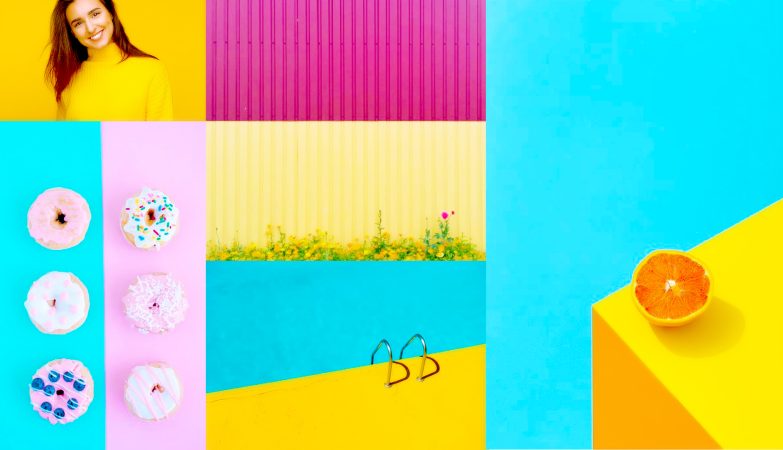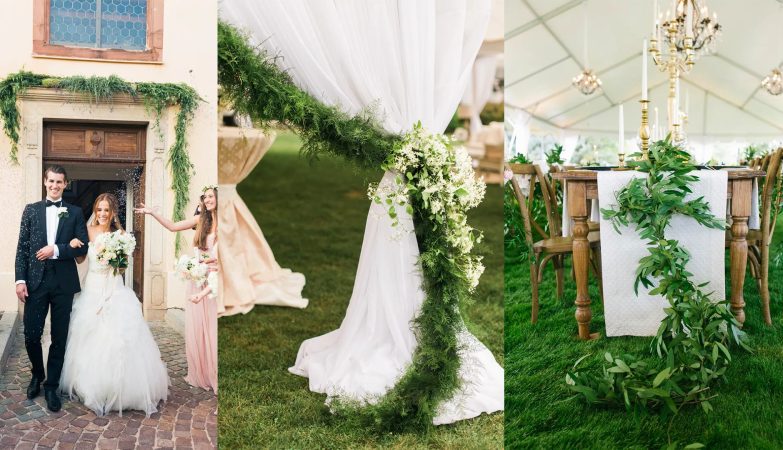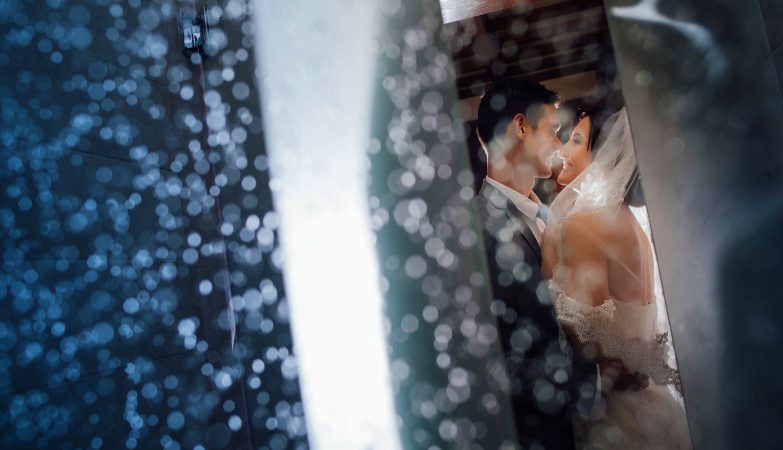
Patterns are everywhere. Learning to spot them is like a photographic superpower. Once you have mastered the ability to identify pattern in photography, you will be creating striking images with an added element of intrigue.
You can add interest and intrigue to your photographs by looking at things from a different perspective. One of the most potent ways to do that is to find patterns and break them! Pattern photography works in every genre, in both obvious and subtle ways. In this article, we break down patterns in photography. Here, you will find our favourite tips and techniques for it.
What Is Pattern In Photography?

A pattern is created wherever strong graphic elements repeat. Texture is also a kind of pattern. But it is one in its most tactile form – the weave of your knitted jumper, the rough surface of a brick, for example.
The human brain likes patterns. Familiarity makes people feel comfortable. Patterns in photography create attention. You might pass by the same row of houses on your way to work. But what if you align the roofs in the right way? Then that familiar view looks different.
Seek The Regular

Think of a tiled floor or a window blind. The exact shape repeated uniformly, almost rhythmically. This is a regular pattern. Even if every five tiles there is one of a different colour, the ‘phrasing’ of the pattern stays the same. Shoot that tile floor from above, and you get a grid with strong lines and even spaces. Get low to the floor, and the lines will lead the eye to their horizon or vanishing point.
Embrace The Irregular

A pattern in photography is not the same thing as a pattern in geometry class. Irregular patterns do not need to follow the same rigid rules as patterns in math. Sometimes, a pattern in photography is not even about space at all but about a repeating colour.
Back to the example of traffic cones, variations in size and dirt from the road make the repeating shapes irregular. Maybe they are all set out at different intervals, and it’s the orange against the tarmac creating the pattern.
Add Interest By Breaking The Pattern

A key compositional technique is to find a pattern and break it. When repetitive patterns are not perfect, our eye goes to what is different or out of place. If the emotional goal of the image is calm, create a pattern as perfect as possible. Whole, complete patterns create this feeling. Break that pattern and throw the image’s emotion into upheaval.
But what if the emotional goal of the image is to get the viewer to stop and think? Or even to make them feel a bit uncomfortable? Then break the pattern.
Photograph In Threes

Three is often a favourite in both artwork and photography. This could be repetition photos or pattern photography. Any three or more of something create a pattern. There is something about threes that works in art. They appear unbalanced yet stable.
Utilise Composition And Angles

Is the pattern more striking when viewed straight on? From the side or from above? Adjusting your viewpoint can help you spot patterns that at first escaped you.
Once you have found a good angle, continue to use the pattern to guide the composition. If the pattern is even, try highlighting that perfection. Leave the same amount of space between the pattern and the edge of the photograph. Shoot from different angles and perspectives. Get close to find abstract patterns – these do not have to look like an object. Pattern photography is an excellent method for creating abstract images.
Enhance With Symmetry

Once you start looking for patterns, you will see them everywhere. Many of the best street photographers are adept at recognising patterns and often breaking them. Getting up close to an object is one way to find them. You can reveal patterns you have never noticed before using macro photography.
Shapes and forms can be both man-made patterns and natural. Architectural photography is an excellent genre for finding geometric patterns. Symmetrical patterns are often a good reason to ditch the Rule of Thirds. Centring perfect symmetry makes the likeness more obvious.
Paint Patterns With Light

Patterns do not need to be ‘things’. Light can also create or disrupt a pattern in photography. The slits coming in from window blinds are an excellent example of light creating a pattern.
Conclusion

Pattern in photography is a manifestation of the human preference for order. This is why repetition appears so striking. Learning how to spot a pattern in a scene can serve as a powerful composition tool.
Pattern photography can create a sense of calm, while a broken pattern can create interest. A single image can contain multiple patterns, like geometric shapes containing organic patterns from the natural world.
originally posted on expertphotography.com by Hillary Grigonis and Joe Taylor
